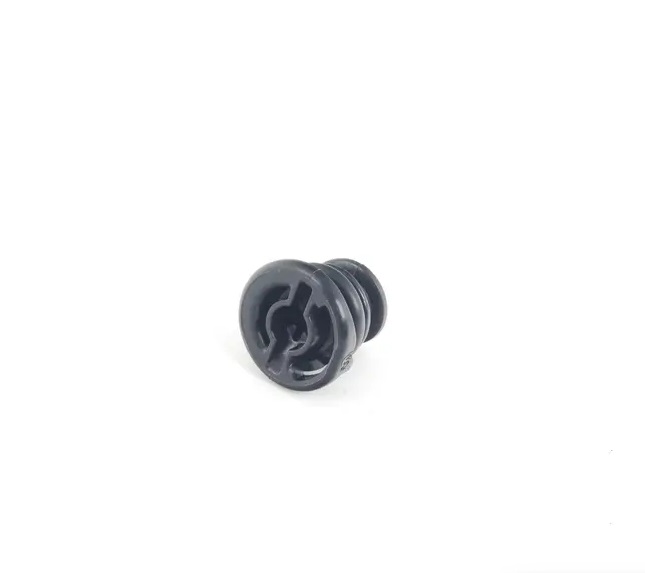Diagnosing and Repairing Oil Leaks from the Oil Pan Gasket to Prevent Engine Damage
Understanding Oil Leaking from Oil Pan Gasket
Oil leaks in a vehicle can cause significant problems, not only leading to potential engine damage but also affecting the overall performance of the vehicle. One common cause of oil leaks is the oil pan gasket. Understanding the role of the oil pan gasket, the reasons behind leaks, and how to address them is crucial for any vehicle owner.
What is an Oil Pan Gasket?
The oil pan gasket is a vital component of an engine's oil system. It seals the oil pan, which is located at the bottom of the engine and holds the engine oil. This gasket is typically made of rubber or cork and serves to prevent oil from leaking out while ensuring that the oil stays within the system where it can properly lubricate engine components. A secure seal is essential for the effective operation of the engine, and any compromise in this seal can lead to oil leaks.
Causes of Oil Leaking from the Oil Pan Gasket
1. Wear and Tear Over time, gaskets can become brittle and lose their flexibility due to heat and exposure to oil. This aging process results in cracks and gaps that allow oil to escape.
2. Improper Installation If the oil pan gasket wasn't installed correctly during a previous repair, it could be misaligned or torqued improperly, leading to oil leaks.
3. Excessive Vibrations High levels of vibration from the engine or the vehicle's operation can cause the gasket to loosen, which may lead to oil leakage.
4. Oil Quality Using poor-quality oil or additives can contribute to gasket deterioration. High temperatures can cause inferior oils to break down faster, which can negatively affect the gasket’s integrity.
5. Oil Pressure Excessively high oil pressure, often due to a malfunctioning oil pump, can force oil out through the gasket, causing leaks.
oil leaking from oil pan gasket

Symptoms of an Oil Leak
Recognizing the signs of an oil leak from the oil pan gasket is essential for mitigating damage to the engine. Common symptoms include
- Puddles of Oil Spotting oil puddles or stains under the vehicle, especially when parked for an extended period, is a clear indicator of a leak. - Oil Warning Light Dashboard warning lights, particularly the oil pressure light, may illuminate to indicate that the oil level is low or pressure is dropping due to a leak. - Burning Oil Smell If oil leaks onto hot engine components, it can produce a burning smell, which is a sign of potential fire hazards. - Increased Engine Noise Low oil levels due to a leakage can lead to insufficient lubrication, causing increased engine noise as components start to wear.
Addressing Oil Pan Gasket Leaks
If you suspect an oil leak from the oil pan gasket, timely action is necessary to prevent further damage. Here’s a general guideline for addressing the issue
1. Diagnostics First, confirm that the source of the leak is indeed the oil pan gasket. This may involve cleaning the area and monitoring for new leaks.
2. Replacement If the gasket is worn, cracked, or improperly installed, replacing it is usually the best option. Ensure to clean the oil pan and engine surfaces before installing a new gasket to avoid future leaks.
3. Use Quality Products When replacing engine oil, always opt for high-quality oils and additives that are compatible with your vehicle. This can help prolong the life of the oil pan gasket.
4. Professional Help If you're not comfortable diagnosing or replacing the gasket yourself, consulting with a qualified mechanic is advisable. They can provide a comprehensive inspection and ensure that the problem is resolved effectively.
In conclusion, an oil leak from the oil pan gasket can lead to severe engine problems if not addressed promptly. Understanding the causes and symptoms of such leaks is crucial for maintaining your vehicle’s health and performance. Regular maintenance and timely repairs can help avoid the frustrations and damages associated with oil leaks, ensuring a longer lifespan for your engine.
-
Simplifying Oil Changes: A Comprehensive Guide to Oil Drain Plugs and Their Variants
News Aug.04,2025
-
Mastering Oil Drain Maintenance: Solutions for Stripped, Worn, and Upgraded Oil Plugs
News Aug.04,2025
-
Fixing Oil Pan Plug Issues: Leaks, Stripped Nuts, and the Right Replacement Solutions
News Aug.04,2025
-
Everything You Need to Know About Oil Drain Plugs: Sizes, Fixes, and Upgrades
News Aug.04,2025
-
Choosing the Right Oil Drain Plug: A Guide to Sizes, Materials, and Drain Innovations
News Aug.04,2025
-
A Complete Guide to Automotive Drain Plugs: Types, Problems, and Innovative Solutions
News Aug.04,2025
-
The Ultimate Guide to Car Repair Kits: Tools and Essentials Every Driver Should Own
News Aug.01,2025
Products categories















